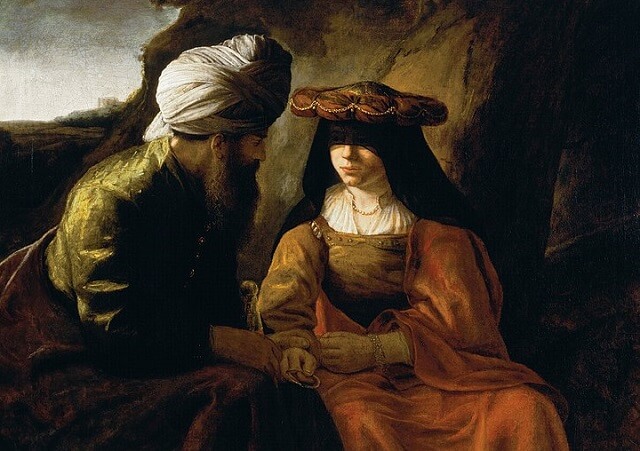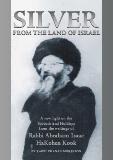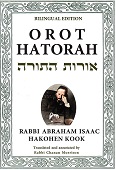
Perhaps the most astonishing aspect of the story of Judah and his daughter-in-law Tamar took place after Judah was informed that the young widow had behaved loosely and was pregnant. Judah meted out a harsh punishment for her promiscuity: “Take her out and have her burned” (Gen. 38:24).
Confronted with such a severe sentence, Tamar could have easily pointed an accusing finger at Judah. After all, it was Judah who had made her pregnant, not knowing the true identity of the “prostitute” he had met on the road to Timna. Incredibly, Tamar chose to be silent. Only as she was led out to be executed did Tamar remark enigmatically, “I am pregnant by the man who is the owner of these articles” (Gen. 38:25). When Judah heard that cryptic message, he immediately realized that her pregnancy was not the result of promiscuity, but a form of yibum (levirate marriage), which Tamar had only been able to consummate through deception.
Why didn’t Tamar save her life by openly identifying her father-in-law — and judge — as the person responsible?
The Talmud derives an amazing lesson from Tamar’s selfless act:
“It is better to throw oneself into a fiery furnace than to shame another person in public.” (Berachot 43b)
This remarkable statement raises two questions. First of all, is honor really such an important thing? Did the Sages not teach (Avot 4:21) that the pursuit of honor and fame is an undesirable trait that can “drive one from the world”?
Secondly, there are only three crimes — murder, idolatry, and illicit relations — so grievous that it is preferable to die rather than transgress them. Why was Tamar willing to die rather than embarrass her father-in-law?
Superficial Honor versus Inner Worth
To answer the first question, we must distinguish between two types of honor. The first is an illusory honor based on external acquisitions — wealth, position, fame, and so on. Pursuing this type of honor is certainly a negative trait, a mindset which can cause one to lose his way and squander his time on inconsequential matters.
There is, however, a nobler form of honor. This honor is based on our awareness of our true inner worth as human beings created in God’s image. Recognition of our innate dignity, and an aversion to ignominy, has the opposite effect to the pursuit of superficial honor. This awareness is the very foundation of morality. It enables one to value the nobility of a life rooted in ethical and spiritual ideals.
In an essay describing our generation’s need to deepen its appreciation of the spiritual side of the universe, through the study of the Torah’s esoteric teachings, Rav Kook noted a decline in humanity’s awareness of inner values:
“As the world advances in its superficial culture, it simultaneously declines in its inner worth. This deterioration is due to the phenomenon that, with the advance of society’s external values, the eye is increasingly captivated by superficialities and learns to belittle inner awareness. Due to this process, humanity’s true worth continually dwindles. The world’s redemption is dependent upon the revival of our inner perceptions.” (Orot HaKodesh vol. I, p. 96)
Human life has value only when it is accompanied by recognition of one’s inner worth and dignity. It is preferable to forfeit life in this world rather than publicly shame another person, permanently disgracing him and ruining his honor. Such a public defaming will bring about the loss of all value in living, a slow and degrading demise.
In practice, however, it seems that one should not take such a drastic step. With time, a life lived fully can heal and restore lost honor. Nonetheless, those with a noble and sensitive soul should feel that their own will to live is weakened if their own survival must come at the expense of another’s public disgrace and humiliation.
For this reason, the Sages did not write, “One is required to throw oneself into a fiery furnace,” but rather, “It is better.” This is how one should feel, even if in practice it does not come to that.
(Sapphire from the Land of Israel. Adapted from Ein Eyah vol. II, p. 191)
Illustration image: Judah and Tamar (Rembrandt’s school, 1620-1700)





